Home>Garden Essentials>How To Plant Eggplant Seeds


Garden Essentials
How To Plant Eggplant Seeds
Modified: March 15, 2024
Learn how to plant eggplant seeds and grow your own garden with our step-by-step guide. Cultivate fresh, delicious eggplants in your backyard today!
(Many of the links in this article redirect to a specific reviewed product. Your purchase of these products through affiliate links helps to generate commission for Storables.com, at no extra cost. Learn more)
Introduction
Welcome to the wonderful world of eggplant gardening! Whether you are a seasoned gardener or a beginner, planting eggplant seeds can be a rewarding and fulfilling experience. With their vibrant purple color and distinctive flavor, eggplants are not only aesthetically pleasing but also a versatile vegetable that can be used in various culinary dishes.
In this article, we will guide you through the process of planting eggplant seeds, from choosing the right seeds to harvesting your own homegrown eggplants. So put on your gardening gloves and let’s get started!
Before we delve into the nitty-gritty of eggplant cultivation, it’s important to note that eggplants thrive in warm climates with plenty of sunlight. They require well-drained soil and a bit of care and attention to ensure optimal growth. By following these steps and tips, you’ll be well on your way to growing your very own bountiful eggplant harvest.
So, without further ado, let’s dive into the wonderful world of eggplant gardening!
Key Takeaways:
- Choose the right eggplant seeds based on variety, climate suitability, and personal taste preferences to ensure successful cultivation. Consider factors like seed viability and germination time for optimal results.
- Prepare the soil by clearing, loosening, amending, and leveling it before planting eggplant seeds. Testing the soil pH and removing debris are vital steps for creating a nutrient-rich environment.
Read more: How Deep To Plant Eggplant Seeds
Choosing the Right Seeds
Choosing the right seeds is crucial for successful eggplant cultivation. When selecting eggplant seeds, there are a few factors to consider:
Variety: Eggplants come in different varieties, each with their own unique characteristics. Consider factors such as size, shape, color, and disease resistance when choosing a variety. Some popular eggplant varieties include Black Beauty, Ichiban, and Rosa Bianca.
Source: It’s important to obtain high-quality seeds from a reputable source. Look for certified organic or heirloom seeds to ensure the best results. You can purchase seeds from local garden centers or online seed suppliers.
Climate Suitability: Take into account your local climate and growing conditions when selecting eggplant seeds. Some varieties are better suited for cooler climates, while others thrive in hotter regions. Choose seeds that are adapted to your specific climate for optimal growth.
Seed Viability: Check the seed packet or supplier information for the seed’s viability or the percentage of seeds that are expected to germinate. Choose seeds with a higher viability percentage to increase your chances of successful germination.
Germination Time: Consider the germination time of the seeds. Some varieties may germinate faster than others. If you’re eager to start planting, choose varieties with a shorter germination period.
Personal Preference: Lastly, consider your personal taste preferences. Different eggplant varieties offer variations in taste and texture. Some are milder, while others have a stronger flavor. Choose varieties that align with your culinary preferences.
By taking these factors into account, you’ll be able to choose the right eggplant seeds that suit your preferences and growing conditions.
Preparing the Soil
Preparing the soil is essential for creating a favorable environment for your eggplant seeds to grow and thrive. Here are some steps to prepare the soil:
1. Clear the area: Start by clearing the area of any weeds, debris, or rocks. This will ensure that the soil is free from any obstructions that may hinder the growth of your eggplants.
2. Loosen the soil: Eggplants prefer well-drained soil, so it’s important to loosen the soil to improve its structure. Use a garden fork or tiller to break up any compacted soil and improve the airflow around the roots.
3. Amend the soil: Eggplants thrive in soil that is rich in organic matter. Add compost, well-rotted manure, or a balanced organic fertilizer to enrich the soil and provide essential nutrients. Mix the amendments thoroughly into the soil to ensure even distribution.
4. Test the soil pH: Eggplants prefer slightly acidic soil with a pH level between 5.5 and 7.0. Test the soil pH using a soil testing kit and make adjustments if necessary. Adding lime to raise the pH or sulfur to lower the pH can help create the ideal conditions for your eggplants.
5. Level the soil: Smooth out the soil surface to create a level planting bed. This will help with water distribution and prevent waterlogging in certain areas. Use a rake or gardening tool to achieve a smooth and level surface.
6. Remove any remaining debris: Take a final look at the soil and remove any remaining debris or large clumps. This will ensure a clean and optimal environment for your eggplant seeds.
By following these steps, you’ll create a nutrient-rich and well-drained soil that will support the healthy growth of your eggplants. Remember, preparing the soil is a vital first step before sowing your eggplant seeds.
Planting the Eggplant Seeds
Now that you have prepared the soil, it’s time to plant your eggplant seeds. Follow these steps for successful planting:
1. Determine the planting time: Eggplant seeds should be planted indoors 8-10 weeks before the last frost date in your area. The ideal time to transplant seedlings into the garden is when the soil has warmed up and the danger of frost has passed.
2. Start seeds indoors: Fill seed trays or small pots with a seed-starting mix. Moisten the mix before planting. Sow eggplant seeds about ¼ inch deep and cover them with a thin layer of soil. Place the trays in a warm location, preferably with temperatures around 70-85°F (21-29°C) for optimal germination.
3. Provide adequate light: Once the seeds have germinated, make sure to provide them with sufficient light. Place the trays near a windowsill or use artificial grow lights to ensure they receive 12-14 hours of light per day.
4. Thin out seedlings: If multiple seedlings germinate in each cell or pot, thin them out by carefully snipping off the weaker ones, leaving the healthiest seedling to continue growing. This will give the remaining seedling more space and nutrients to thrive.
5. Harden off the seedlings: About a week before transplanting, gradually expose the seedlings to outdoor conditions. Start by placing them outside for a few hours each day, gradually increasing the duration and intensity of exposure. This will help acclimate the seedlings to sunlight, wind, and temperature variations.
6. Transplant into the garden: Once the seedlings are hardened off and the soil is warmed up, it’s time to transplant them into the garden. Dig holes that are slightly larger than the root ball of the seedling. Gently remove the seedlings from their containers and place them in the holes, ensuring they are at the same level as they were in the containers. Space the seedlings about 18-24 inches apart to allow for proper airflow and growth.
7. Water and mulch: After transplanting, water the seedlings thoroughly to settle the soil and promote root establishment. Apply a layer of organic mulch, such as straw or wood chips, around the seedlings to retain moisture, suppress weed growth, and maintain a moderate soil temperature.
By following these steps, you’ll successfully plant your eggplant seeds and give them the best start for healthy growth. Now it’s time to provide the right conditions to ensure optimal development.
Providing the Right Conditions
Eggplants require certain conditions to thrive and produce a bountiful harvest. Here are some key factors to consider when providing the right conditions for your eggplants:
Sunlight: Eggplants are sun-loving plants and require a minimum of 6-8 hours of direct sunlight per day. Choose a location in your garden that receives ample sunlight throughout the day to ensure optimal growth and fruiting.
Temperature: Eggplants are warm-season vegetables and prefer temperatures between 70-85°F (21-29°C). Ensure that the soil temperature has reached at least 60°F (15°C) before transplanting your seedlings. Avoid planting too early in the season when the temperatures are still cool, as this can stunt the growth of your plants.
Soil: Eggplants thrive in well-drained, loamy soil that is rich in organic matter. Ensure that the soil pH is between 5.5-7.0, as this is the ideal range for eggplant growth. Regularly monitor the moisture levels in the soil, as overwatering or waterlogged soil can lead to root rot and other issues.
Air Circulation: Proper air circulation is crucial for preventing the buildup of moisture, which can lead to fungal diseases. Plant your eggplants with enough spacing between them to allow for good airflow, typically 18-24 inches apart.
Support: Some eggplant varieties are bushy and compact, while others require support due to their upright growth habit. Consider using stakes, cages, or trellises to provide support to the plants, keeping the fruits off the ground and preventing damage.
Protection from Strong Winds: Strong winds can damage the delicate leaves and stems of eggplants. If you live in an area prone to high winds, consider planting your eggplants near a windbreak, such as a fence or building, to provide some protection.
Regular Maintenance: Regularly inspect your eggplants for pests, diseases, and nutrient deficiencies. Remove any weeds that compete for nutrients and water. Prune the plants to encourage airflow and remove any diseased or damaged leaves.
By providing the right conditions, you’ll encourage healthy growth and maximize the yield of your eggplants. Now let’s talk about watering and fertilizing techniques to ensure their proper nourishment.
When planting eggplant seeds, make sure to start them indoors 6-8 weeks before the last frost date. Use a well-draining soil and keep the seeds warm and moist for optimal germination. Transplant seedlings outdoors once the soil has warmed up.
Read more: How To Remove Eggplant Seeds
Watering and Fertilizing
Watering and fertilizing your eggplants properly will help ensure their healthy growth and development. Here are some guidelines to follow:
Watering:
- Keep the soil consistently moist, but avoid overwatering, as it can lead to root rot.
- Water deeply, providing enough water to penetrate the root zone, which is typically around 6-8 inches deep.
- Water early in the day to allow the foliage to dry before evening, reducing the risk of fungal diseases.
- Adjust watering frequency based on weather conditions. Increase watering during hot and dry periods, and decrease it during cooler and rainy periods.
- Avoid overhead watering, as it can promote disease development. Instead, use drip irrigation or water at the base of the plants.
Fertilizing:
- Apply a balanced organic fertilizer when planting your seedlings, following the package instructions for appropriate quantities.
- Side dress the plants with compost or well-rotted manure during the growing season to provide a slow-release source of nutrients.
- Avoid excessive use of nitrogen-rich fertilizers, as it can lead to excessive foliage growth at the expense of fruit production.
- Monitor the appearance of your plants. If they show signs of nutrient deficiency, such as yellowing leaves or stunted growth, consider supplementing with a specific nutrient, such as a calcium-rich fertilizer for blossom end rot prevention.
Remember to always follow the instructions on fertilizer packaging and avoid over-fertilization, as it can harm your plants and contribute to nutrient runoff in the environment.
Additionally, it’s important to keep an eye on possible pests and diseases that can affect your eggplants. Let’s discuss some strategies for pest and disease management in the next section.
Managing Pests and Diseases
Pests and diseases can pose a threat to the health and productivity of your eggplants. Here are some strategies to help manage common pests and diseases:
Pests:
- Aphids: These small insects suck the sap from the leaves and stems. Control aphids by spraying the affected plants with a strong stream of water or using insecticidal soap.
- Spider Mites: These tiny pests feed on the leaves, causing yellowing and webbing. Regularly misting the plants and introducing predatory insects like ladybugs can help control spider mite populations.
- Flea Beetles: These pests chew small holes in the leaves. Use floating row covers to physically prevent their access or apply organic insecticides labeled for flea beetle control.
- Snails and Slugs: These mollusks can munch on young eggplant seedlings. Handpick them or set up beer traps near the plants to lure and eliminate them.
Diseases:
- Leaf Spot: This fungal disease manifests as brown spots on the leaves. Avoid overhead watering, improve air circulation, and treat with organic copper-based fungicides if necessary.
- Verticillium Wilt: This soil-borne fungus causes wilting and yellowing of the leaves. Plant resistant varieties and practice crop rotation to minimize the risk of this disease.
- Bacterial Wilt: This disease causes sudden wilting and collapse of the plant. There is no cure for bacterial wilt, so prevention through planting disease-resistant varieties is crucial.
- Root Rot: This fungal disease affects the roots and can cause wilting and stunted growth. Ensure proper drainage and avoid overwatering to prevent root rot.
Regularly inspect your eggplants for signs of pests and diseases. Early detection and intervention are key to successful management. Regularly remove any affected leaves or plant parts to prevent the spread of diseases.
Do some research to identify specific pests and diseases common in your area and use appropriate cultural practices or organic treatments to manage them effectively.
With proper pest and disease management, you can help your eggplants stay healthy and productive. Now, let’s move on to the exciting part—harvesting your homegrown eggplants!
Harvesting the Eggplants
Harvesting your homegrown eggplants is a gratifying experience. Follow these tips to ensure you harvest your eggplants at the right time for optimal flavor and texture:
1. Size and Color: Eggplants are typically ready for harvest when they reach a mature size and have a glossy, smooth skin. The size and color depend on the variety you’re growing, but most eggplants are harvested when they are 6-8 inches long. Avoid waiting too long as overripe eggplants can develop a bitter taste and tough texture.
2. Firmness: Gently press the skin of the eggplant to check for firmness. A ripe eggplant should have a slight give when pressed but still feel firm overall. If the skin is wrinkled or feels mushy, it may be overripe.
3. Cutting or Twisting: To harvest the eggplants, use a pair of sharp pruning shears or a knife to cut the stem about an inch above the crown. Avoid pulling or twisting the fruit, as this can damage the plant.
4. Harvesting Successively: Eggplants can continue to produce fruit throughout the growing season. Harvest the mature eggplants as they ripen to encourage further production. Regularly harvesting also prevents the fruit from becoming overripe and unpalatable.
5. Post-Harvest Handling: After harvesting, handle the eggplants with care to avoid bruising. Place them in a cool, shaded area or refrigerate them promptly to maintain their quality.
Eggplants can be stored for about a week in the refrigerator, but it’s best to use them as soon as possible for the freshest taste. If you have an abundant harvest, consider trying different eggplant recipes or sharing them with friends and neighbors.
With your freshly harvested eggplants in hand, you’re ready to explore their culinary possibilities. Whether you decide to grill, roast, sauté, or bake them, eggplants are a versatile vegetable that can elevate any dish with their unique flavor and texture.
Now that you’re equipped with the knowledge of how to plant, nurture, and harvest eggplants, enjoy the fruits of your labor and savor the delicious flavors of your own homegrown eggplants!
Happy gardening and happy cooking!
Conclusion
Congratulations! You’ve reached the end of this comprehensive guide on planting eggplant seeds. By following the steps and tips outlined in this article, you’re well-equipped to embark on your own eggplant gardening journey.
From choosing the right seeds and preparing the soil to planting the seeds, providing the right conditions, and managing pests and diseases, you now have a solid foundation for successful eggplant cultivation. Remember to consider factors like variety selection, soil preparation, adequate sunlight, and proper watering and fertilizing techniques to ensure the healthy growth of your eggplants.
As your eggplants start to grow, be vigilant in monitoring for pests and diseases. Taking early action can help prevent or reduce damage to your plants and maximize their productivity.
When the time comes, harvest your eggplants at their peak ripeness, paying attention to size, color, and firmness. Enjoy the fruits of your labor in a variety of delicious dishes, knowing that you cultivated these flavorful vegetables in your own garden.
Gardening is an ever-evolving process, and each growing season presents new opportunities for learning and improvement. Embrace the challenges and successes that come with tending to your eggplant plants, and don’t forget to share your love for gardening with others.
So go ahead, get your hands dirty, and start planting those eggplant seeds. With a little patience, care, and nurturing, you’ll soon be rewarded with a bountiful harvest of delectable eggplants. Happy gardening!
Frequently Asked Questions about How To Plant Eggplant Seeds
Was this page helpful?
At Storables.com, we guarantee accurate and reliable information. Our content, validated by Expert Board Contributors, is crafted following stringent Editorial Policies. We're committed to providing you with well-researched, expert-backed insights for all your informational needs.





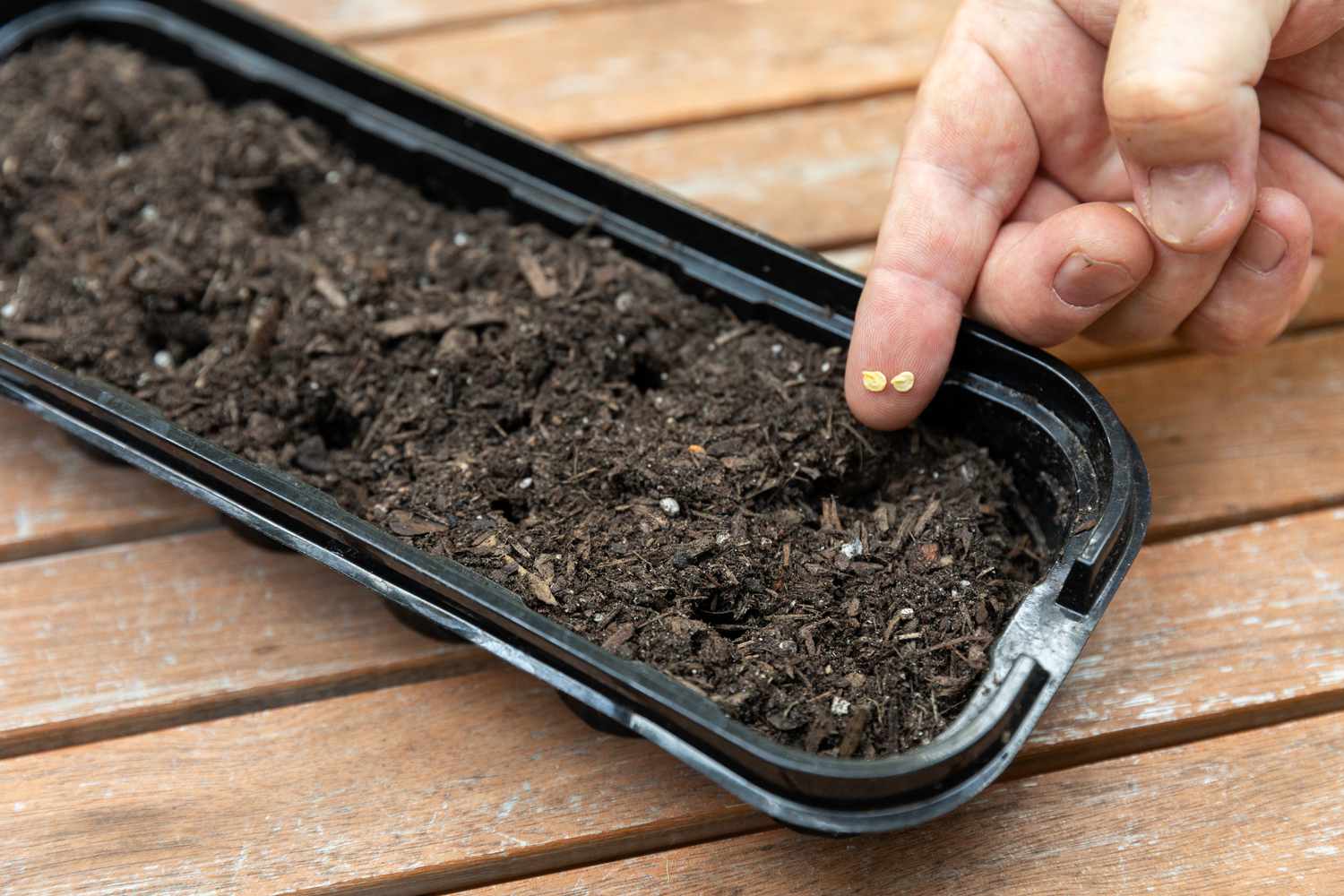
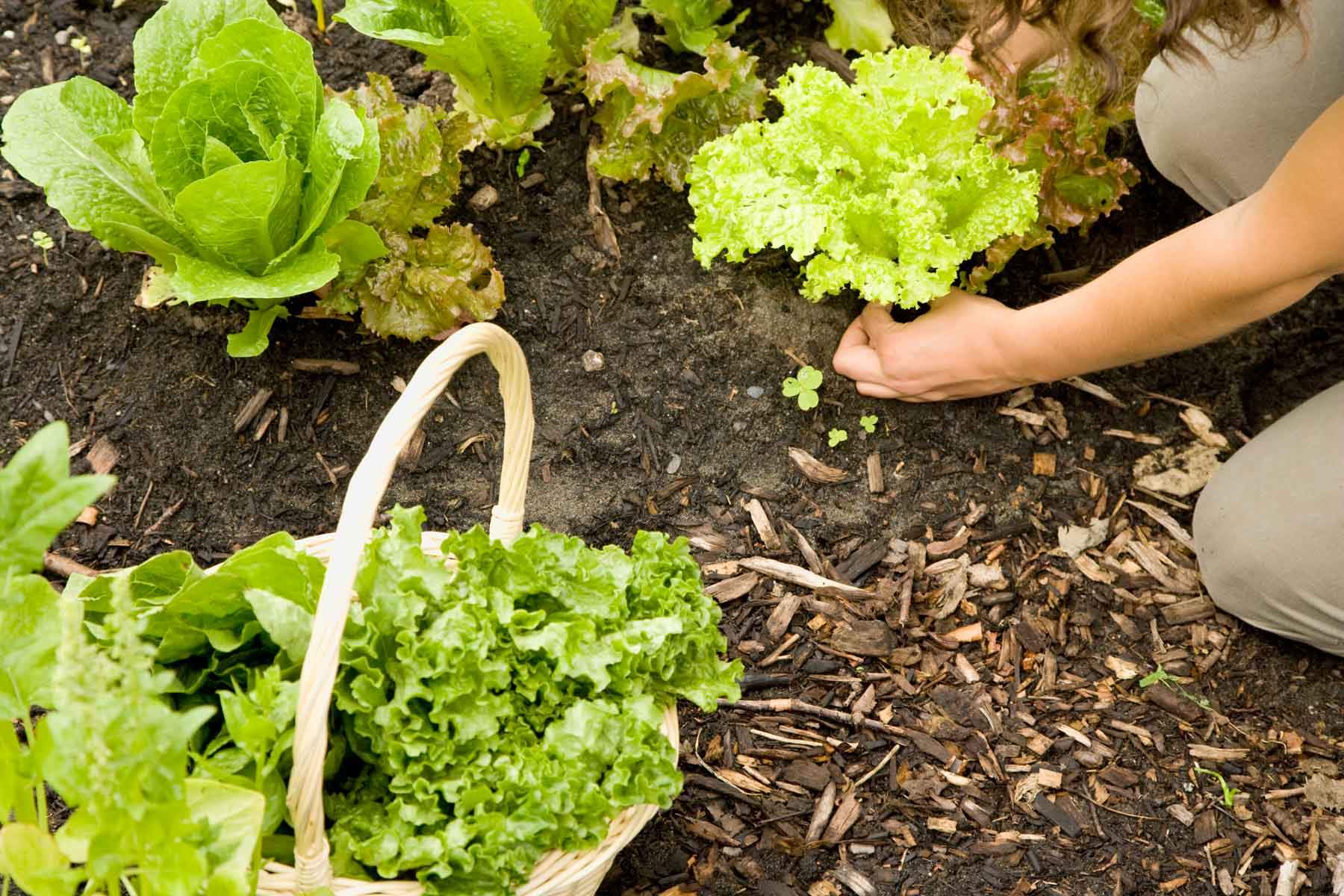
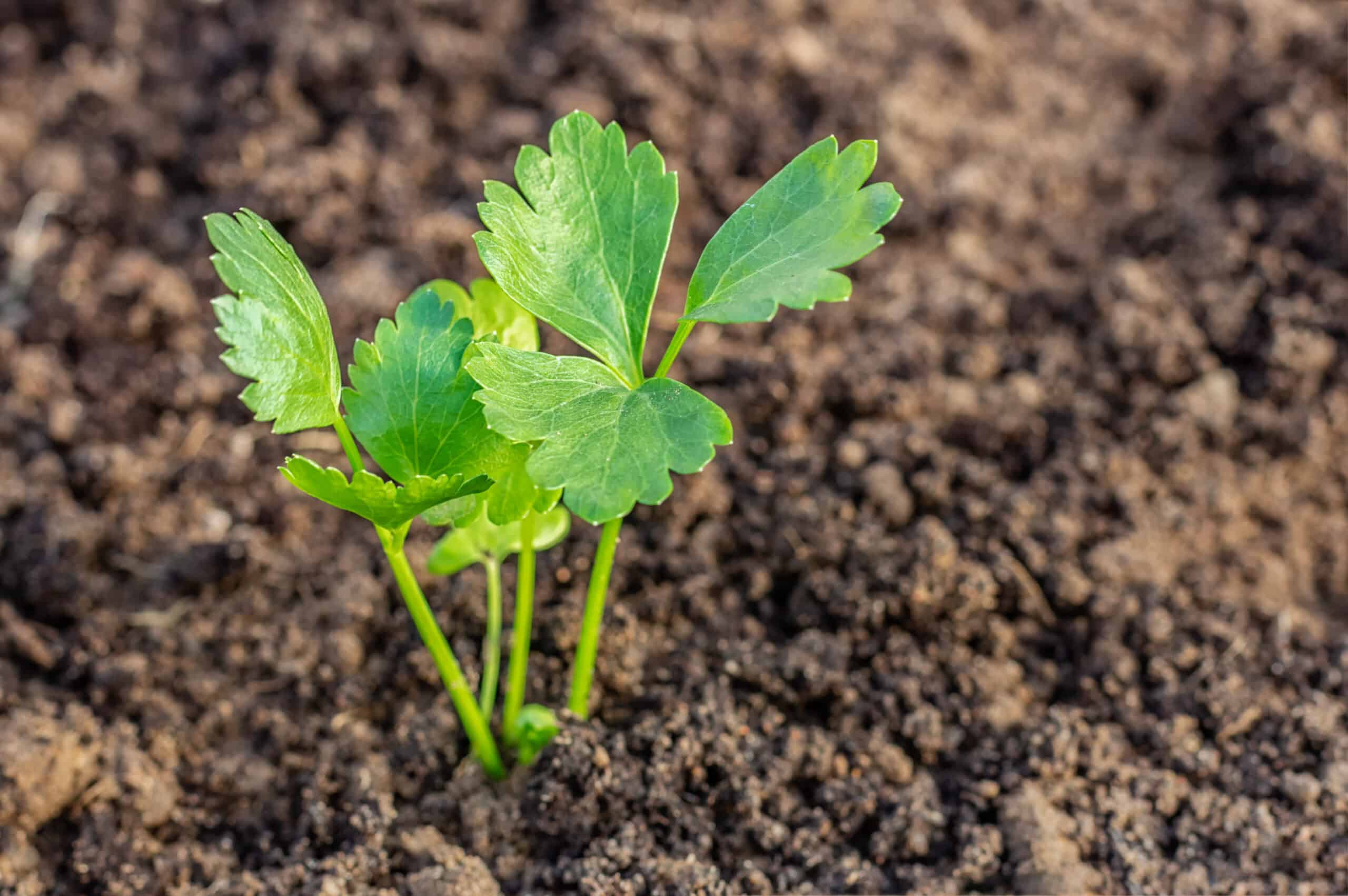
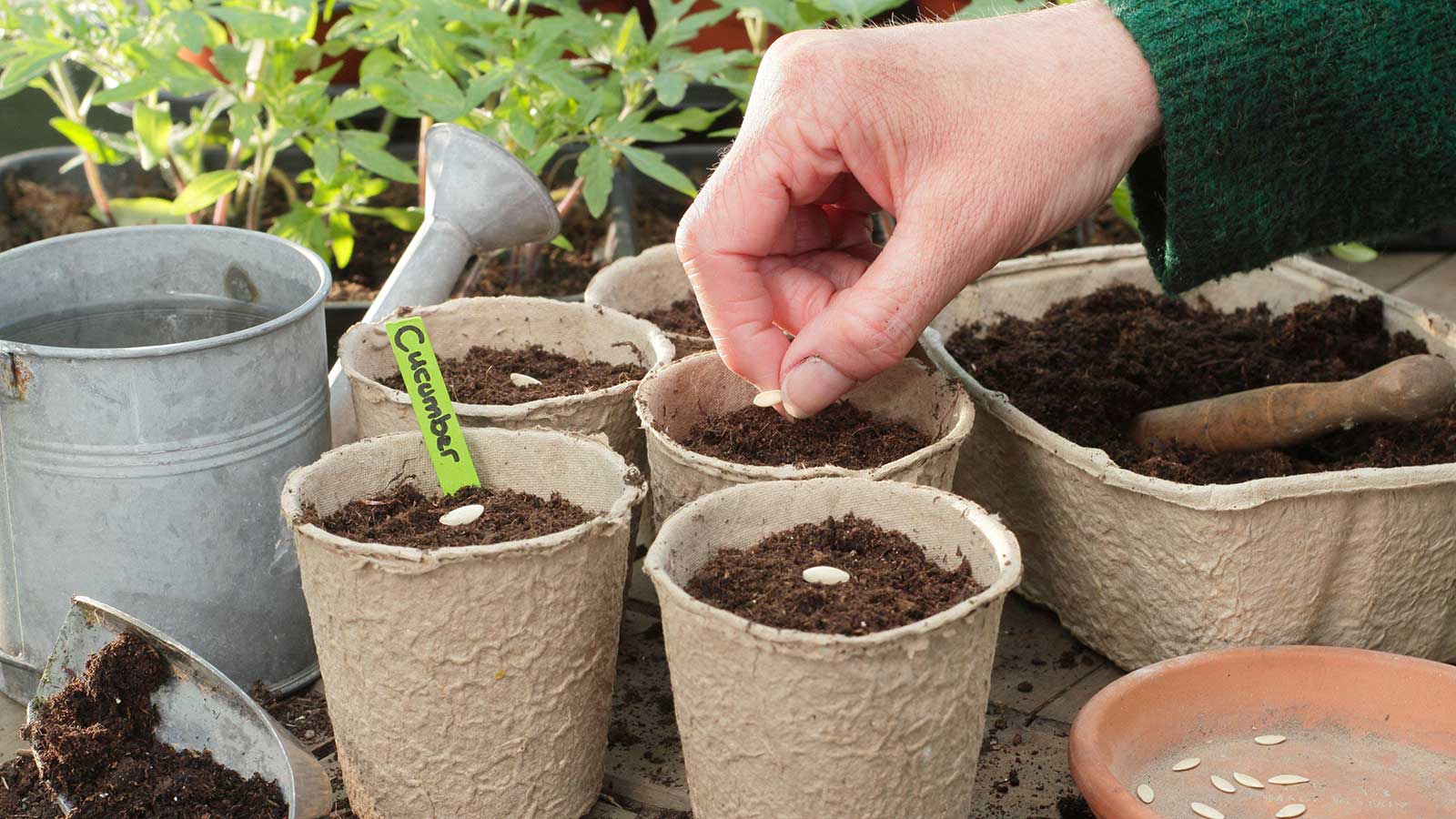

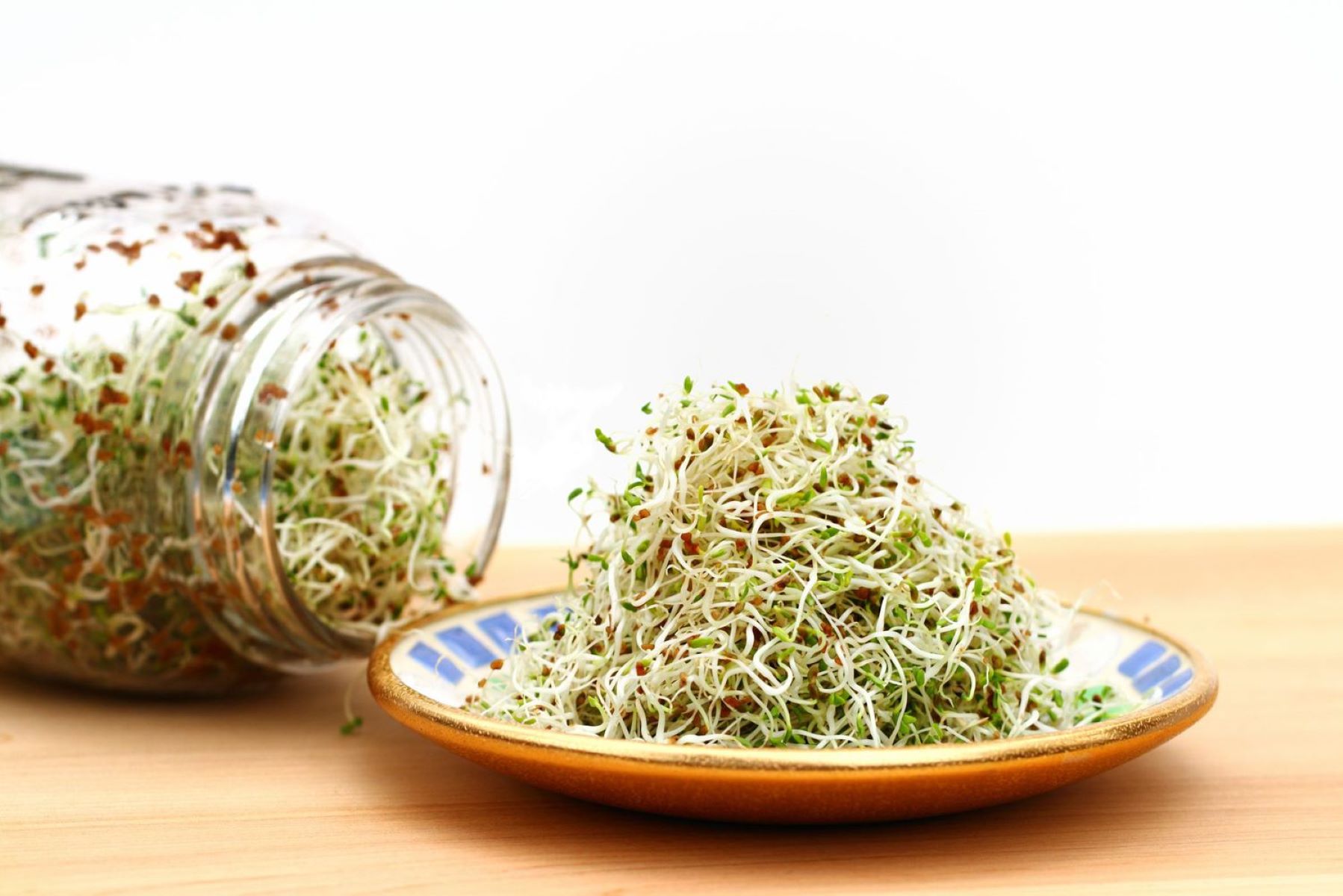

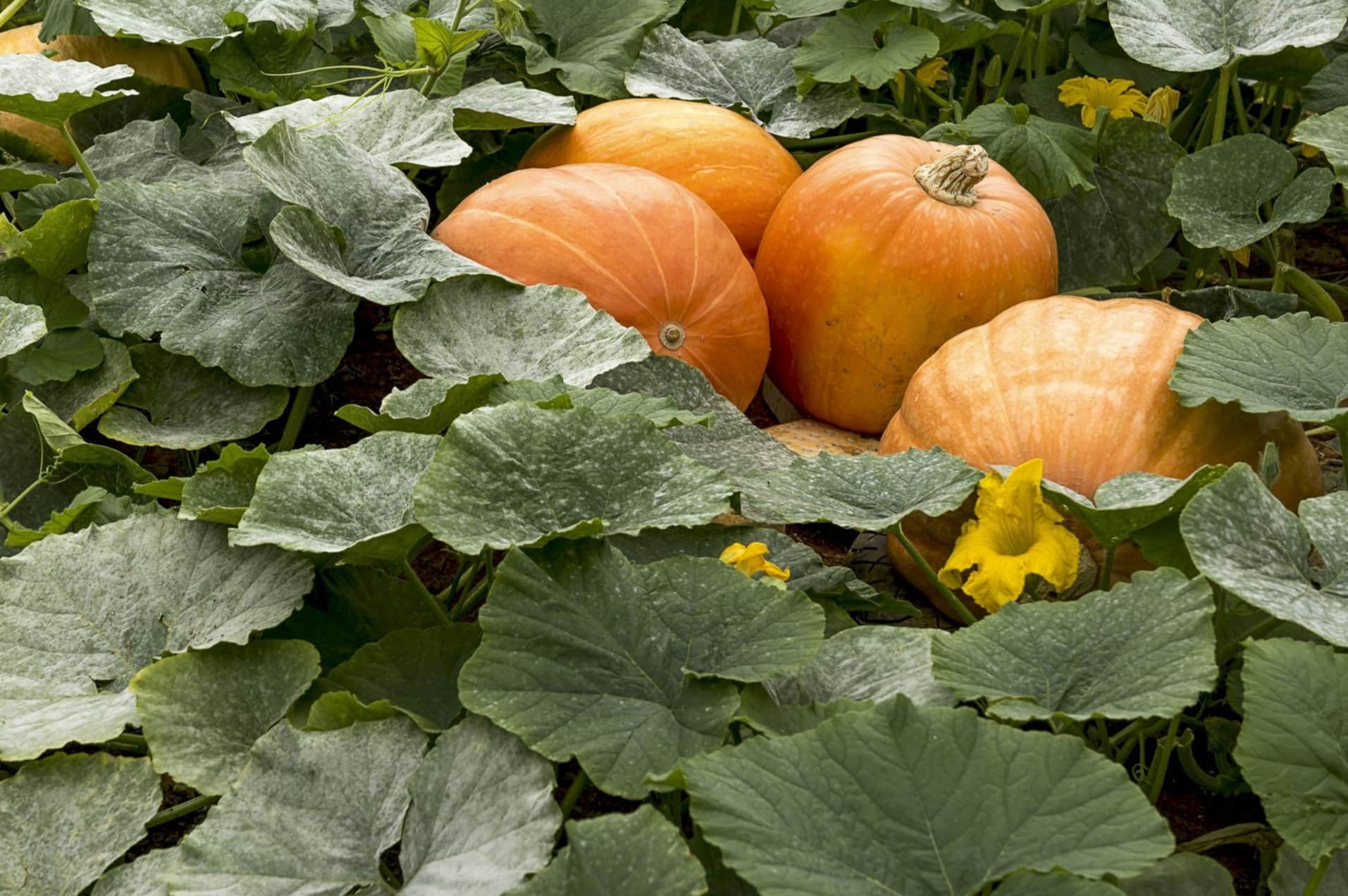


0 thoughts on “How To Plant Eggplant Seeds”